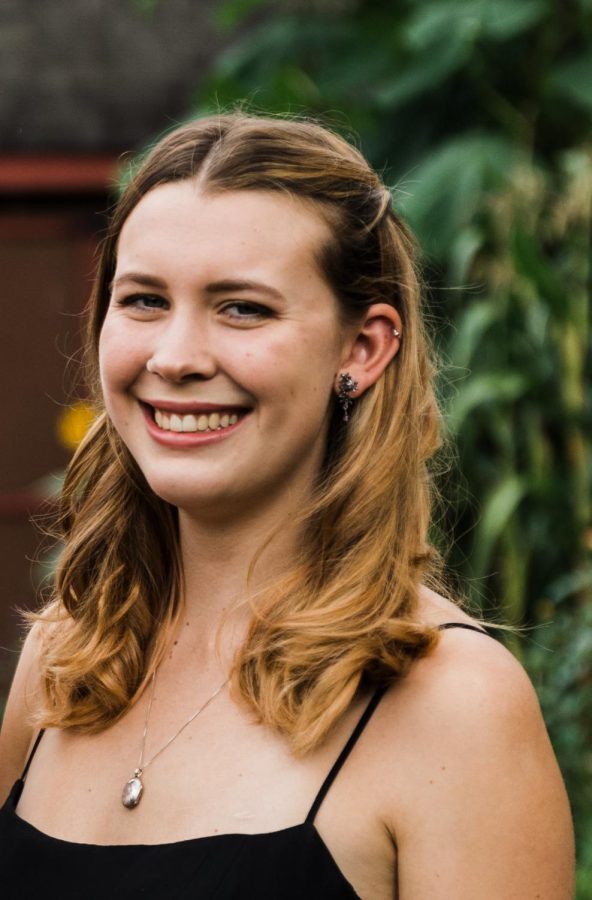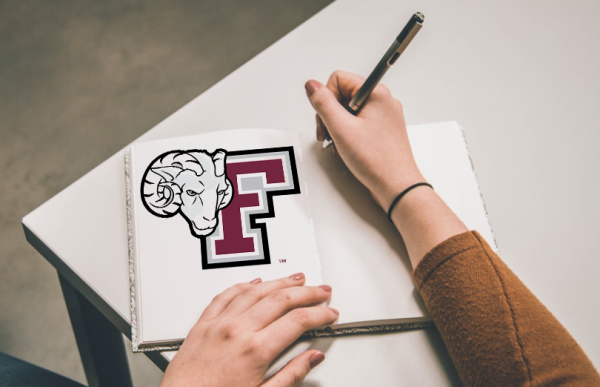Junior Studies the Dynamics of Food Truck Positioning
Elie Nowlis, FCRH ’23, spent the summer studying how food trucks in Manhattan decide where to locate themselves.
Nowlis said she initially hypothesized that customer demand was the main factor in where food trucks parked. With this idea, she thought that food trucks must locate themselves near the most popular subway stops, and she used the MTA turnstile data for subways to observe food truck activity.
Nowlis also wanted to figure out the dynamics of food trucks that set up close to one another. “If one food truck is there, the other food trucks don’t want to get too close to them, so there are two opposing forces at play,” said Nowlis.
Nowlis is a math and economics major and wanted to study spatial competition in New York City. Because of New York’s high volume of food trucks, as well as their ability to relocate easily, Nowlis said she decided food trucks were the optimal subject.
Most of Nowlis’s data collection was done through observation. She spent the summer walking around three different areas of the city for multiple hours every day, recording the location of every food truck she came across. Nowlis studied the Upper West Side, the Financial District and Midtown.
The field of spatial competition is very theoretical, according to Nowlis. There has been a lot of academic speculation regarding how different things space themselves out, but there hasn’t been much real-world data analysis, she said.
“My goal was to provide those empirical data points that are missing in the field,” she explained. As Nowlis analyzes her data, she compares it to the predictions of spatial competition specialists.
Throughout her research, Nowlis also interviewed food truck owners to learn more about their motivations for their food truck locations and whether it supported her numerical data. Through these interviews, Nowlis found that there is an unspoken honor code among city food truck owners that once a food truck has claimed a spot, no other truck can take it. This rule is so important to the community, according to Nowlis, that there are trucks that have operated at the same exact location for twenty or more years. When a new food truck is starting up, they must look around the city for a few days to find a spot that does not already belong to another truck, said Nowlis.
While Nowlis isn’t done analyzing her data, she believes that food truck location is influenced by multiple factors, including her initial hypothesis regarding demand. What she wasn’t expecting to find is that food truck culture has just as much influence as demand on the locations from which trucks choose to operate
“I think when doing research you have to be flexible and open to changes,” said Nowlis. “Everything is a process. Research is ongoing and always changing. I have had to be open to trying new things, and I have learned a lot.”












































































































































































































